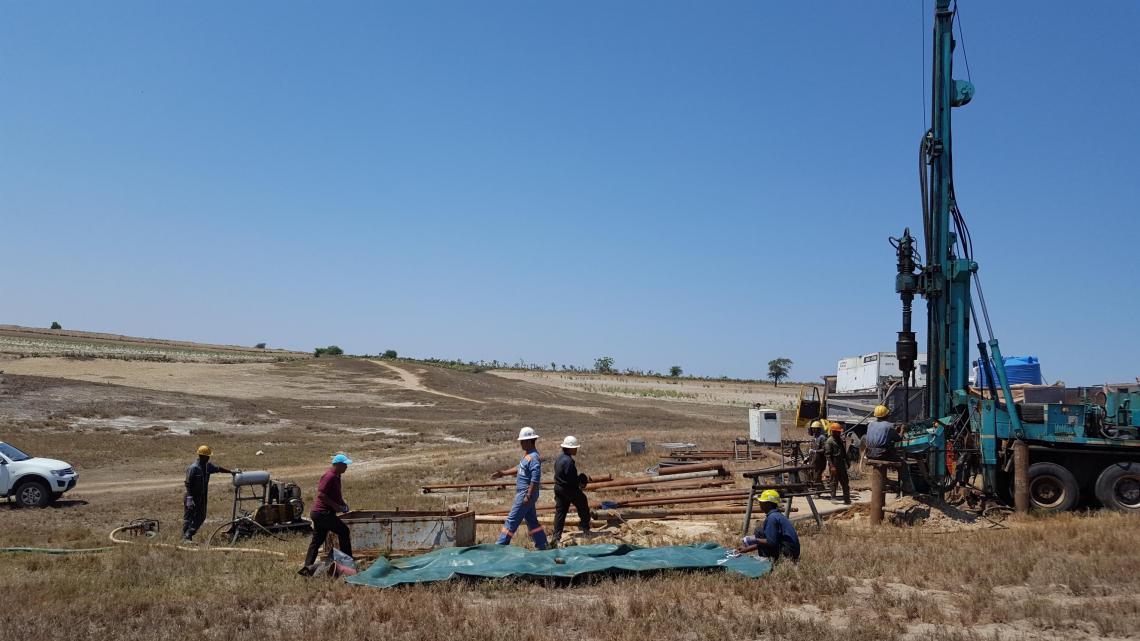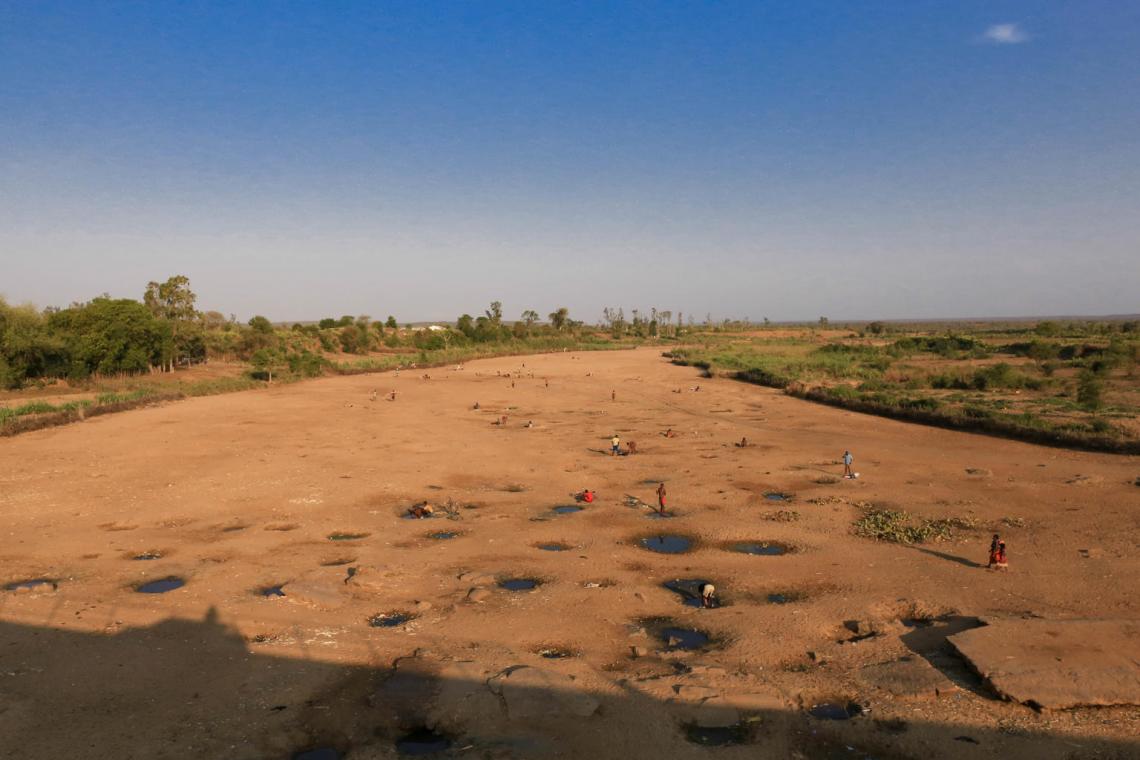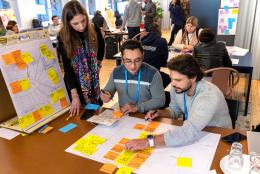KEY OUTCOMES AND NEXT STEPS
Although no water was retrieved from the two pilots, this new approach confirmed the main constraints encountered in the south of Madagascar in terms of water scarcity and high salinity.
In addition, the methodological approach used in this study has proven the feasibility and applicability to explore deep groundwater in fractured bedrocks of southern Madagascar.
These two pilot sites have identified that the geophysical survey needs to be combined with a detailed hydrogeological study and drilling logs. This refined integrated approach will increase the likelihood of finding quality water and the right depth before investing in drilling deep boreholes.
Making these adjustments will help in the pursuit to improve equitable access to safe water to families and children living in drought-affected areas of southern Madagascar.
This article originally appeared on UNICEF Office of Innovation website.





